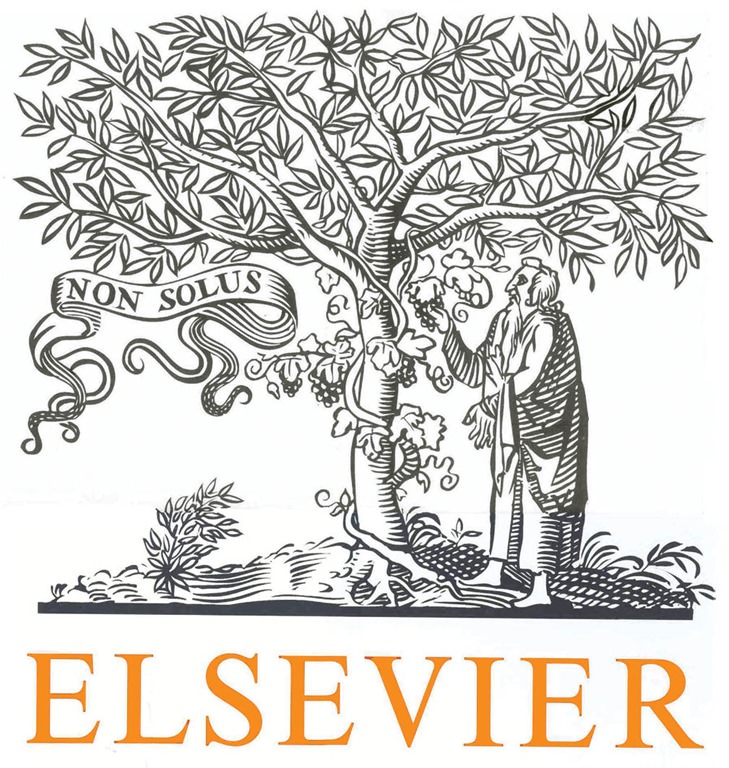6. Conclusions
In this paper, we theoretically analyzed inefficiency and inequality associated with the use of creative capital to produce a final good. Specifically, we first studied a case in which the individual creative capital units were perfect substitutes in the production of the final good. We showed that the equilibrium outcome was inefficient and that there was too little application of effort. Second, we defined an indicator of inequality and showed that increasing inequality enhanced efficiency and that it was possible to achieve complete efficiency. Third, we focused on the case where the individual creative capital units were perfect complements and showed that the equilibrium outcome was, once again, inefficient with too little effort application. Finally, we pointed out that our theoretical results provided a possible rationale for the observed income inequality in cities and regions with a noteworthy presence of the creative class. The analysis in this paper can be extended in a number of different directions. In what follows, we suggest two possible extensions. First, it would be useful to generalize the analysis in this paper by studying the intermediate cases in which the substitutability and the complementarity between the individual creative capital units is imperfect. Second, instead of treating the output sharing rule as exogenous, it would also be instructive to study the design of sharing rules in a dynamic context with certain desirable properties such as the property of being renegotiation-proof. Studies that analyze these aspects of the underlying problem will provide additional insights into the nexuses between creative capital using production processes and the notions of inefficiency and inequality.








